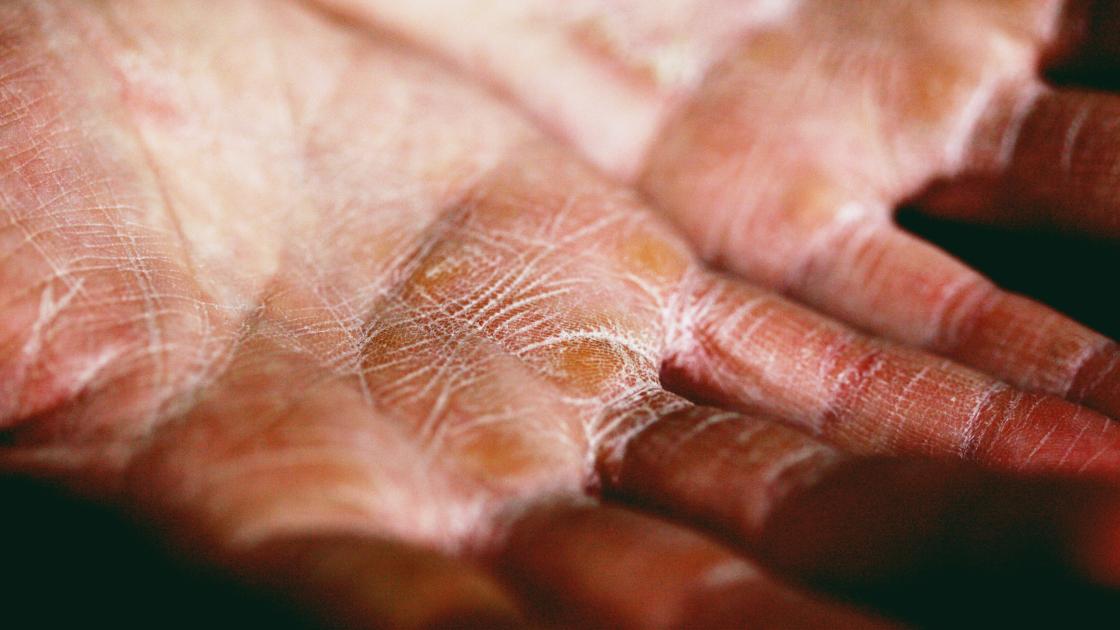
Effective telehealth delivery: Looking into the future for medical residents
Technology in health care is always evolving. It is certain to play an increasing role in the lives of today’s medical residents. The use of telehealth and other digital tools is expected to become even more widespread, and medical residents will need to be well-versed in using these technologies to provide effective care to patients.
The role of medical residents is also expected to evolve as the health care system shifts towards a more team-based approach to care. Residents have delivered care via telehealth more frequently in the post-pandemic world, significantly influencing their learning as we navigate unforeseen times. They are likely to work with other healthcare providers more closely and be trained to provide comprehensive, patient-centered care that is cost-effective and efficient.
Residents believe that telemedicine offers a more varied learning environment than traditional medicine. It might be necessary to develop skills differently for telehealth compared to in-person clinical encounters since it is a different way to provide care. There are several tips for improving the efficiency of telehealth service delivery.
- Guide the patient through the portal/mobile app in person or virtually so that they become familiar with the technology. For example, a medical assistant, nurse, or IT professional could be considered a team member.
- Consult the patient's support system and those who can help with technical difficulties. Work with caregivers or care partners to orient the patient to the technology if they feel hesitant or do not have digital devices for optimal access to telehealth. Try to schedule the appointment when someone from the patient’s support system is available.
- Outside regular business hours, assist patients with telehealth platforms and technology through a volunteer telehealth team.
- Have numerous backup plans to reduce the possibility of technical difficulties and/or operating system compatibility problems. Many of our programs offer at least two options for video appointments (for example, WebEx and Doximity).
- Consider hybrid care approaches where they can be most effective: physical examinations and follow-up appointments via telehealth may be conducted depending on the problem.
For instance, the day before an infusion appointment, patients may attend a telemedicine visit to detect symptoms or toxicities that may need to be addressed. As a result, the clinician can visit the infusion room while the patient is there if necessary. - Be aware of interstate licensing concerns. Find out if the patient intends to connect from their home or a different location. A waiver from that state can be required, depending on the service being performed or if the patient is in a state where you are not licensed. (State laws differ.) For more information, contact the organization that oversees your professional license.
- Record accurate contact details for the patient and care partner. Having a variety of ways to contact the patient increases the likelihood of success in case a video call drops or if follow-up is necessary after a visit.
- Familiarize yourself with local resources. If concerns for patient safety arise, follow organization safety protocols.
Telehealth has become an essential technology. This empowers residents to express their ideas for innovation. Discover ways to implement time-saving practice innovation strategies with telehealth, which allows residents to learn from peers and experts.




